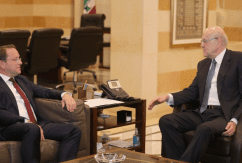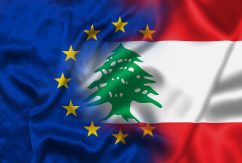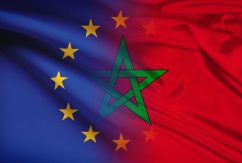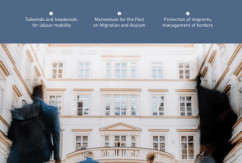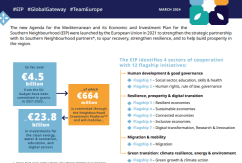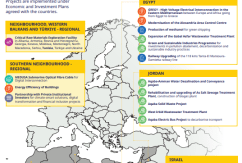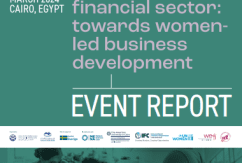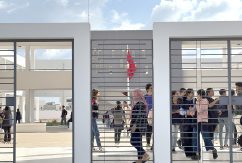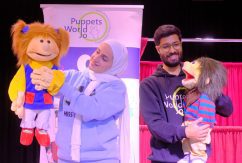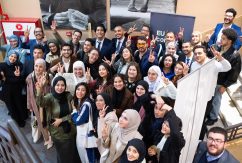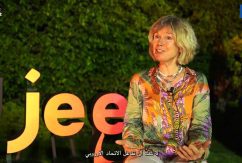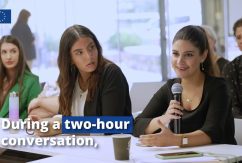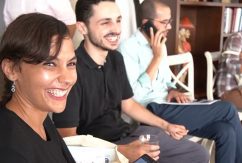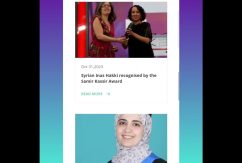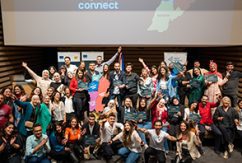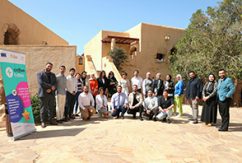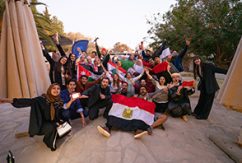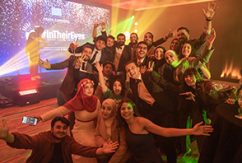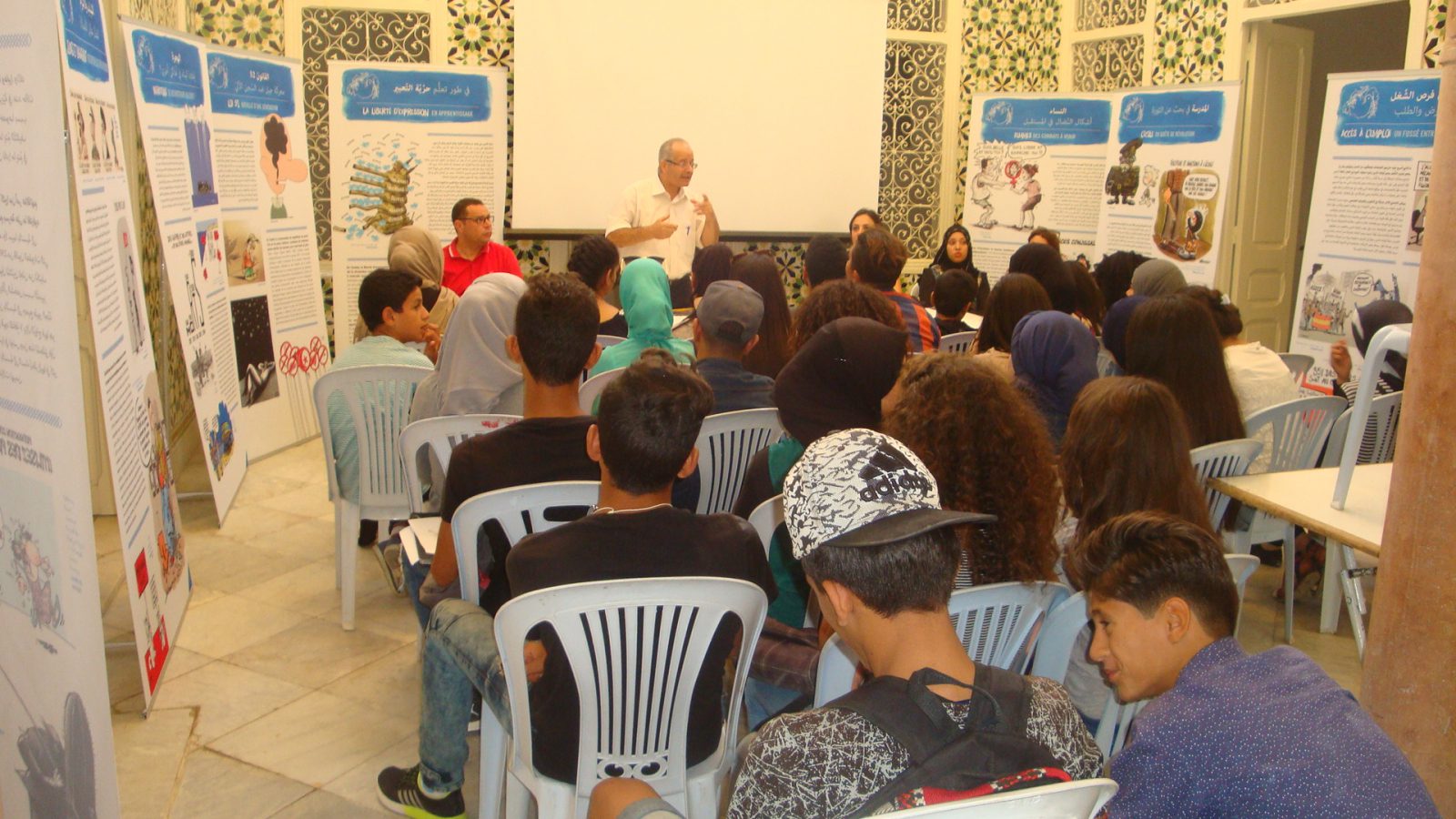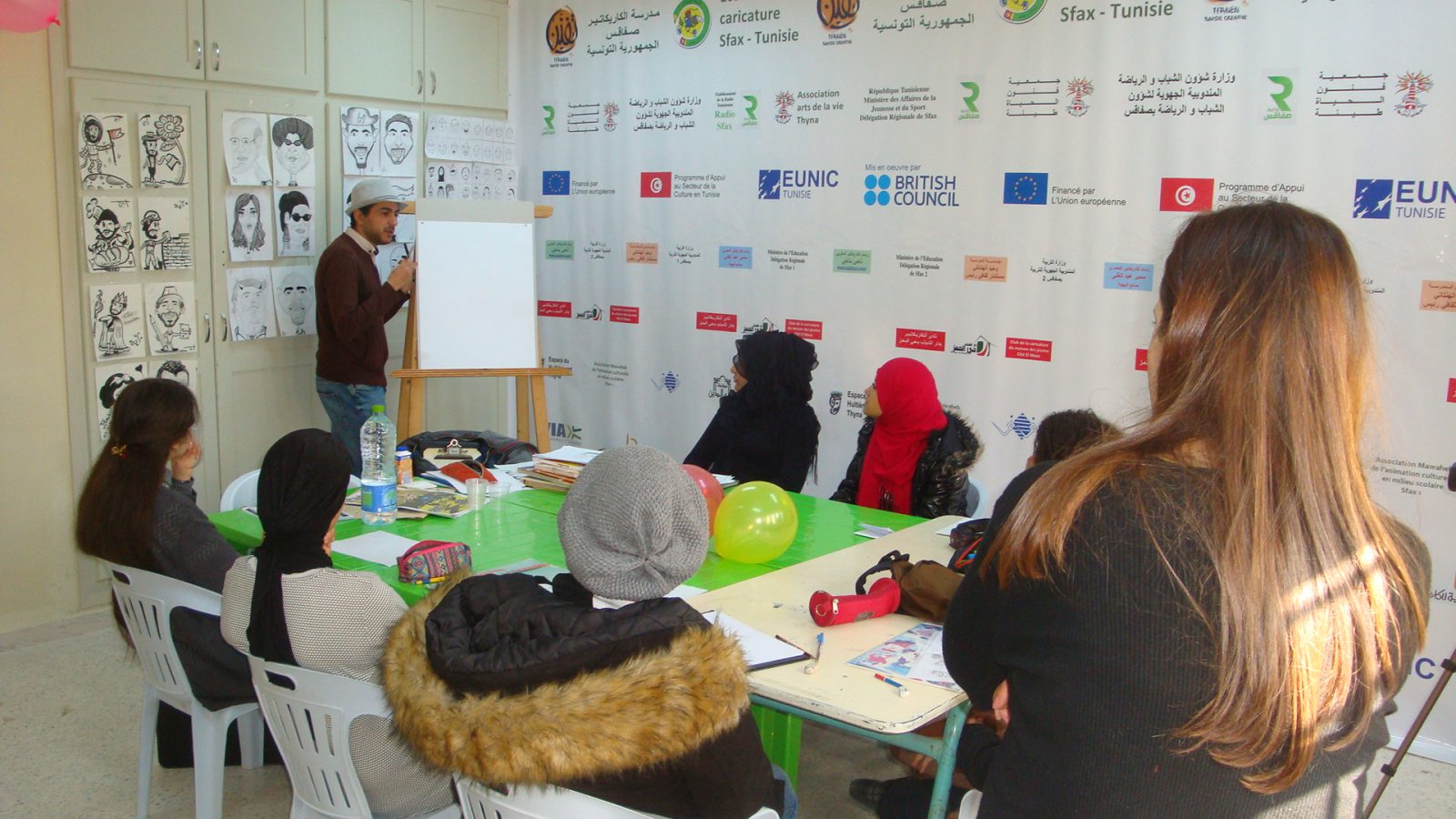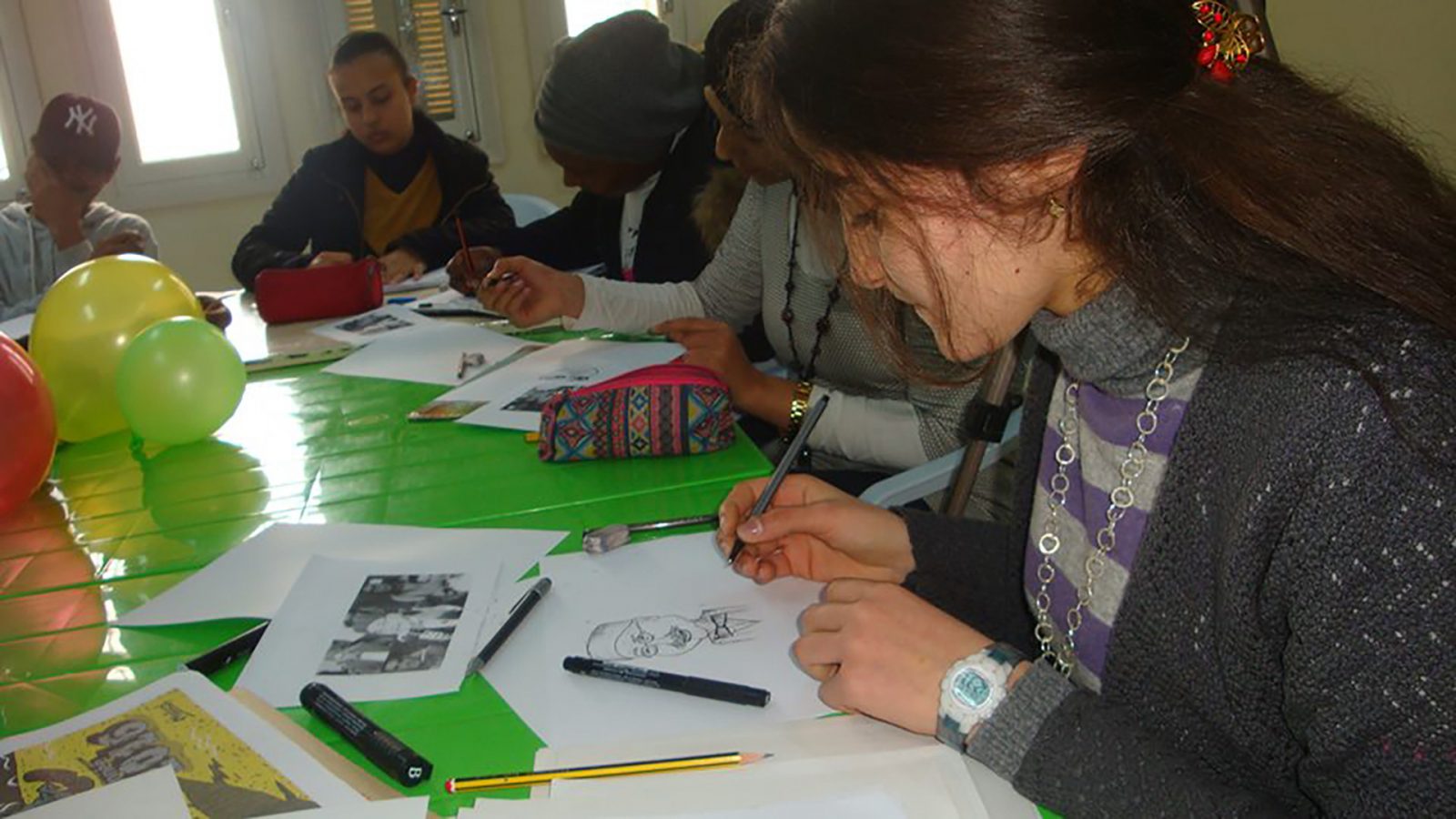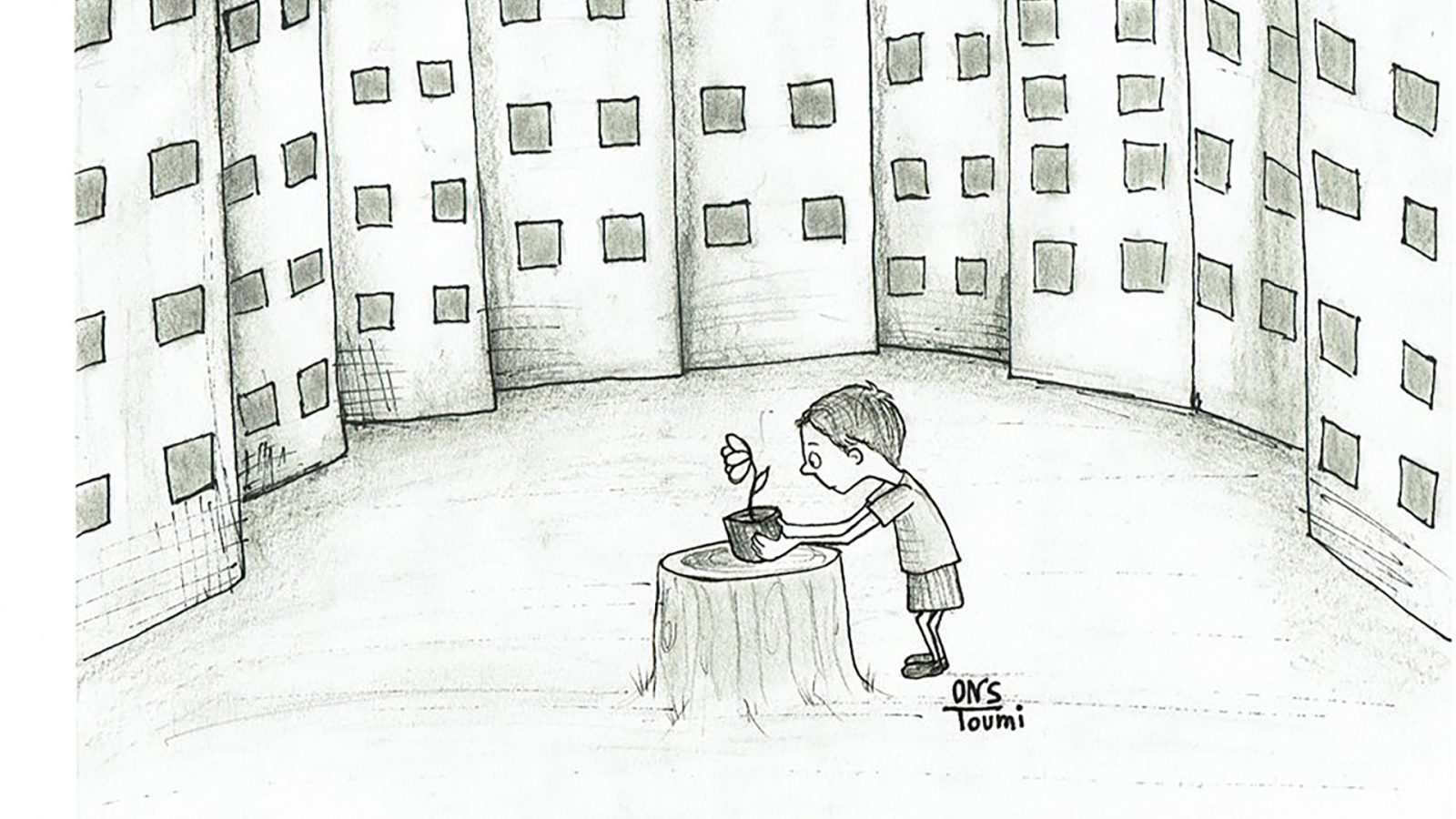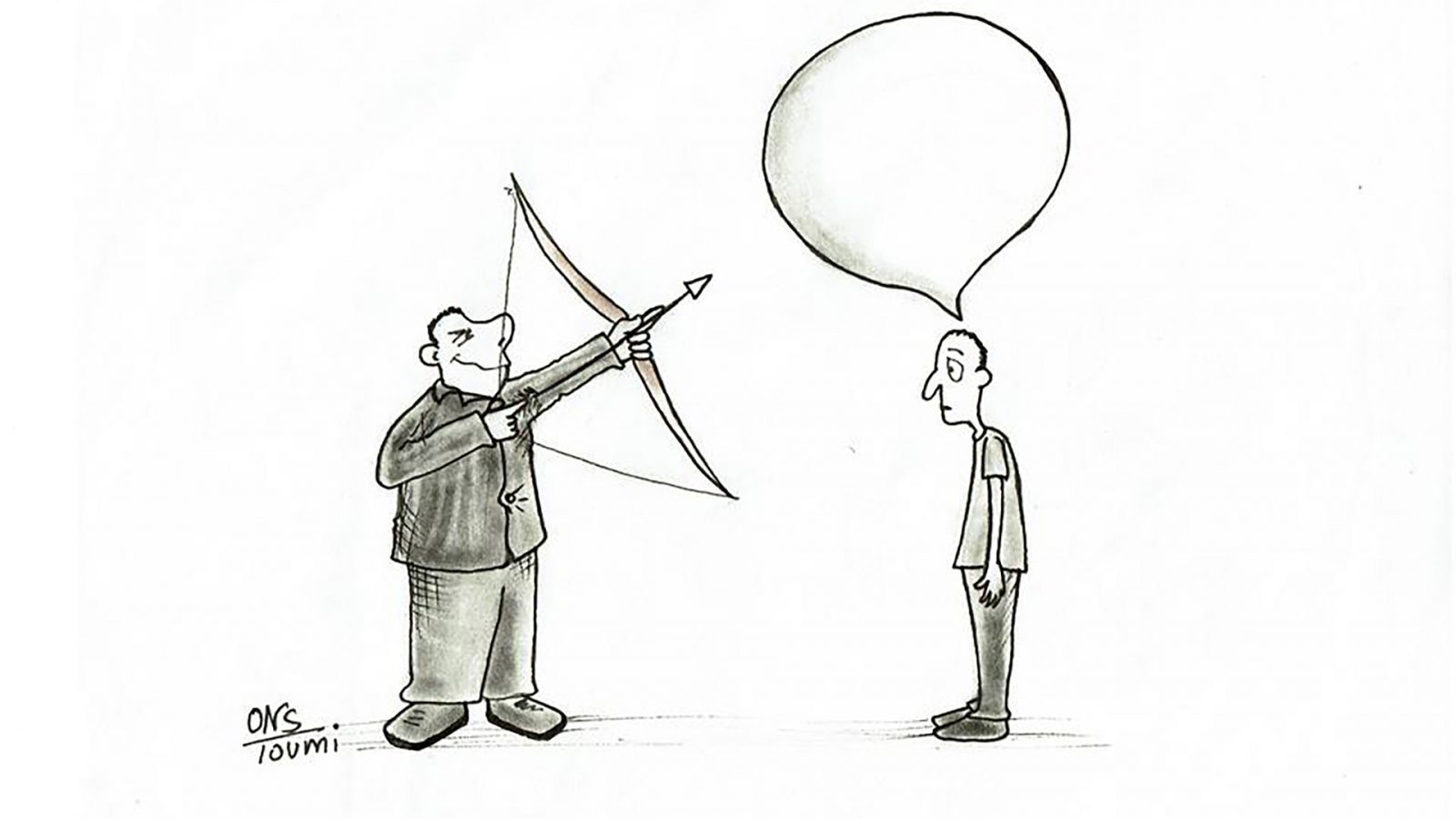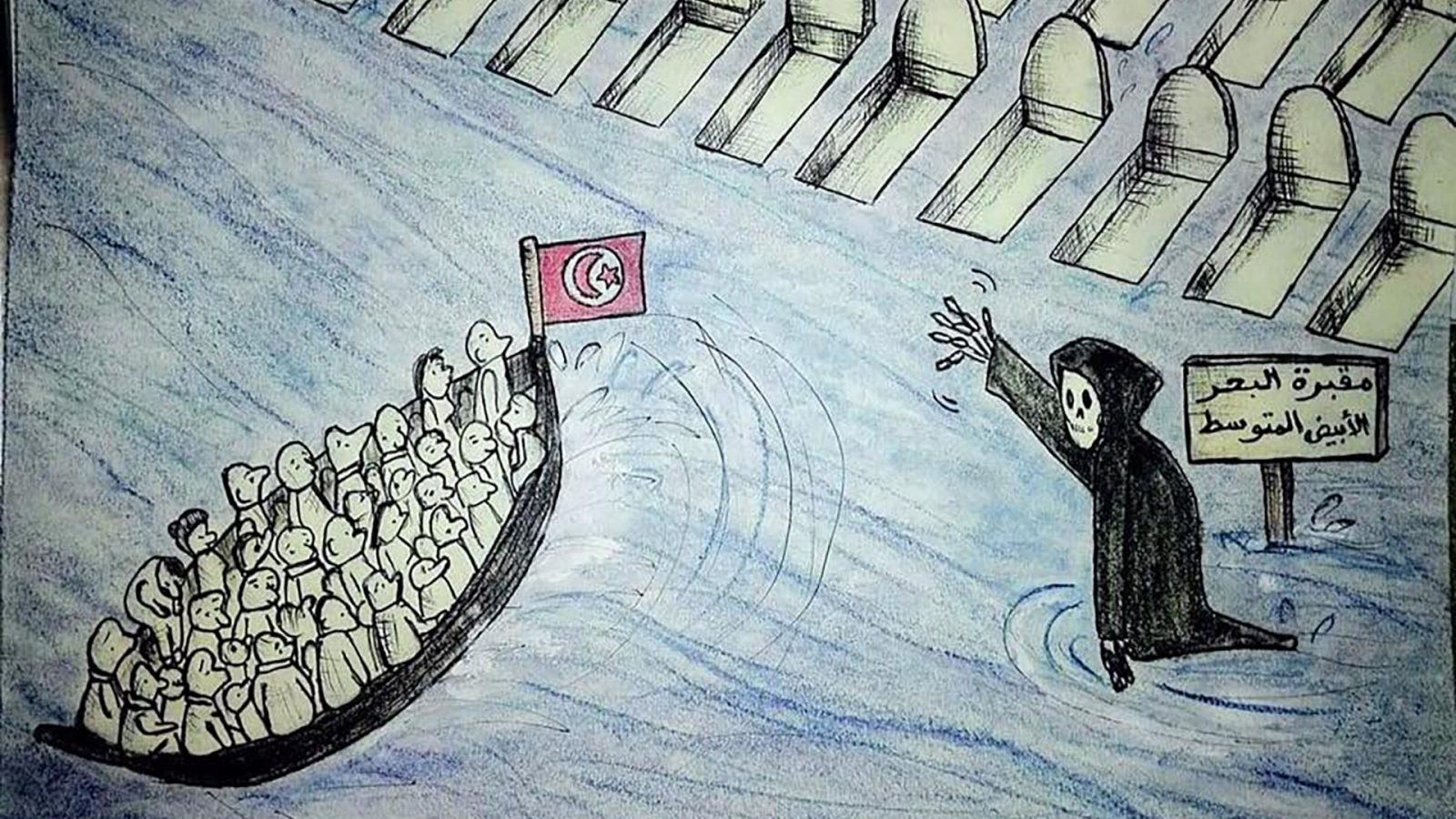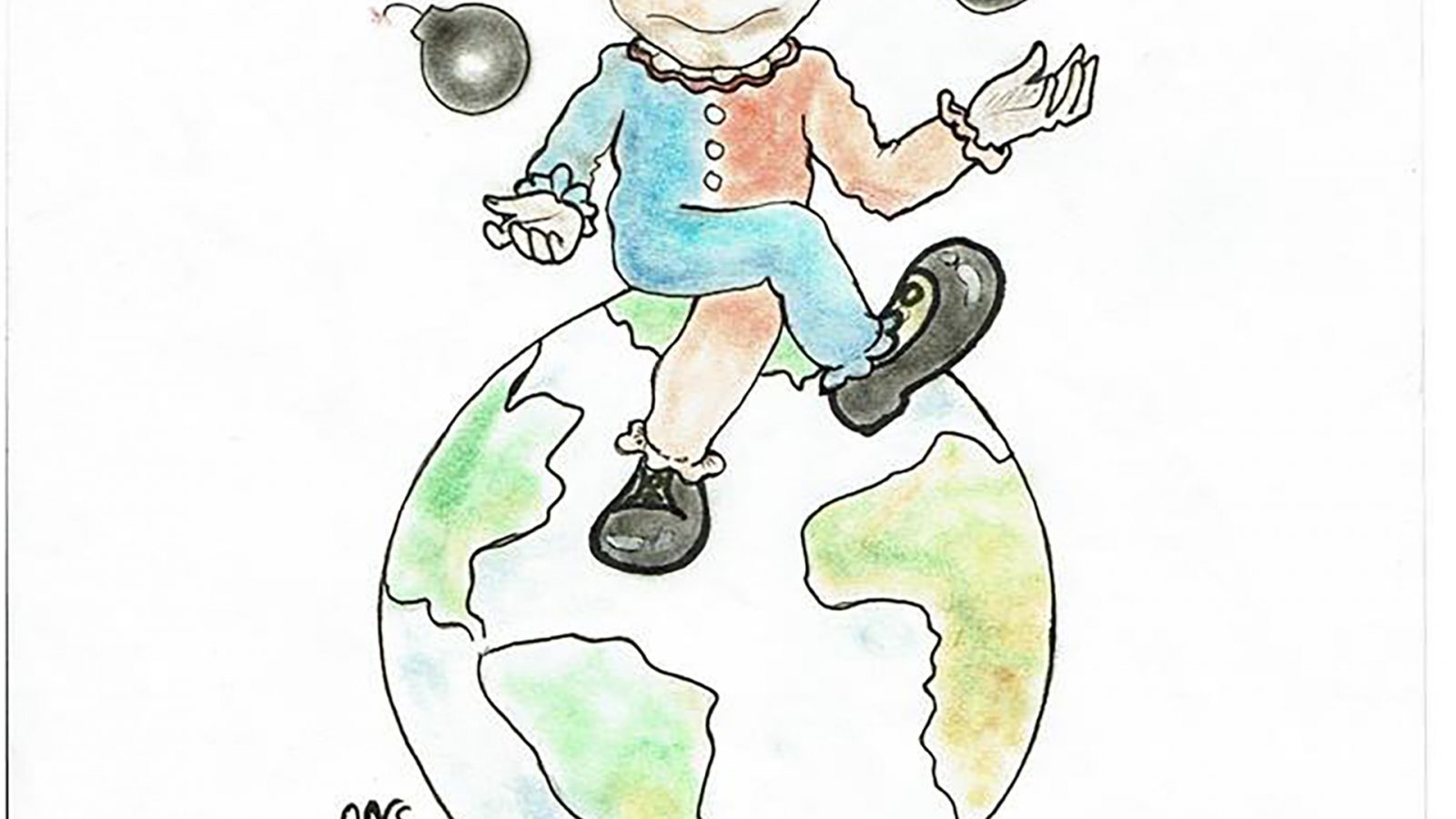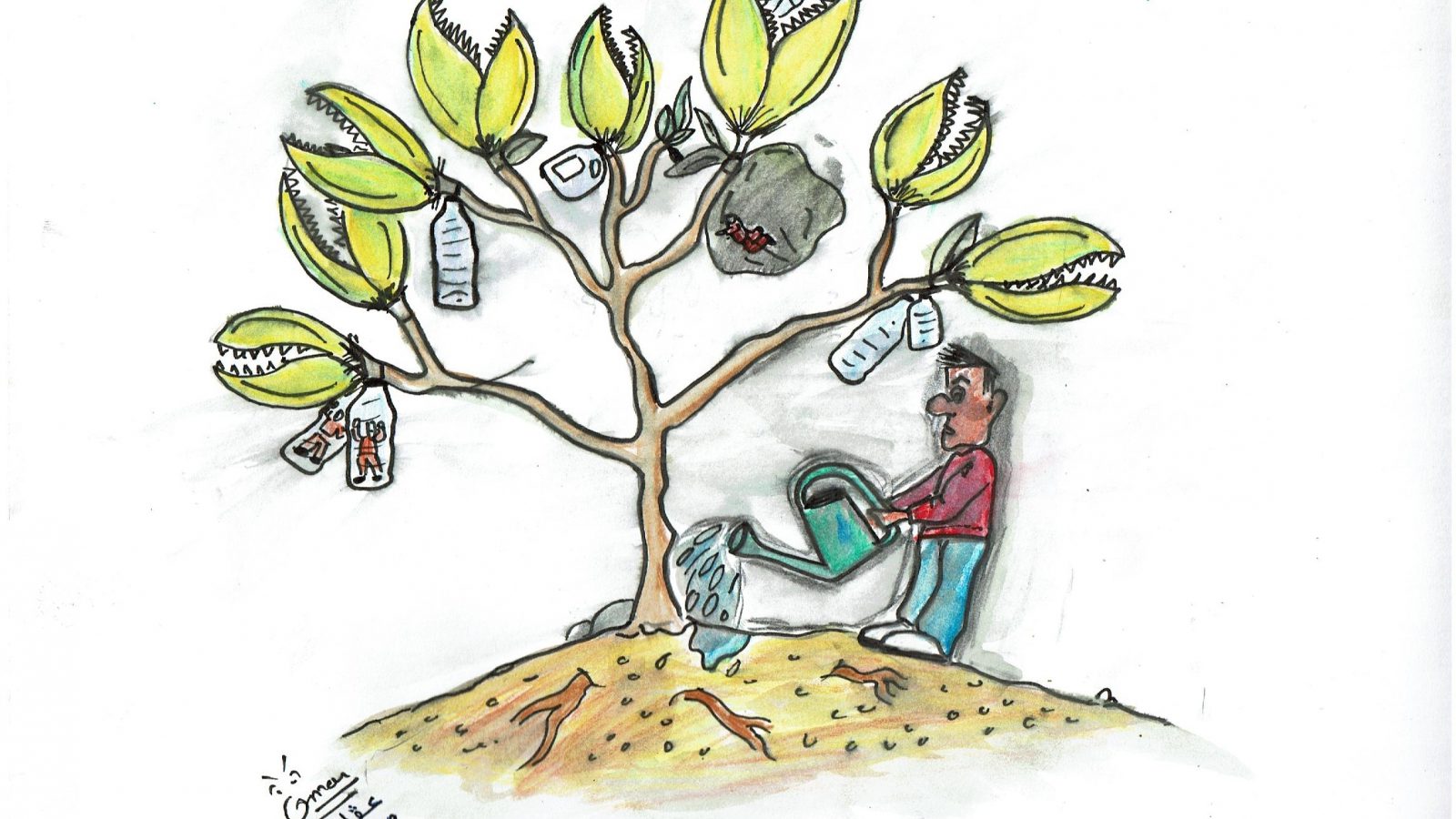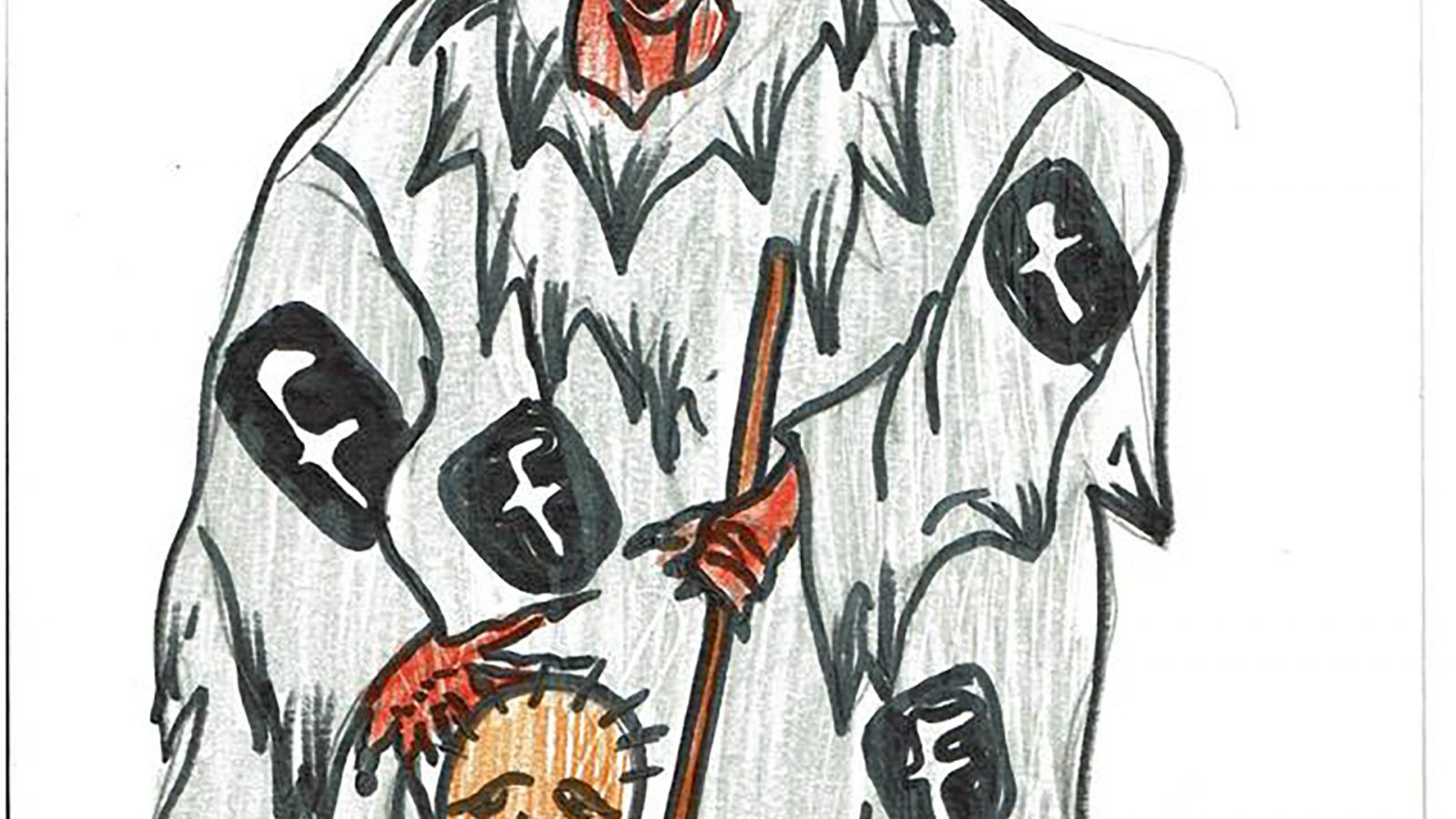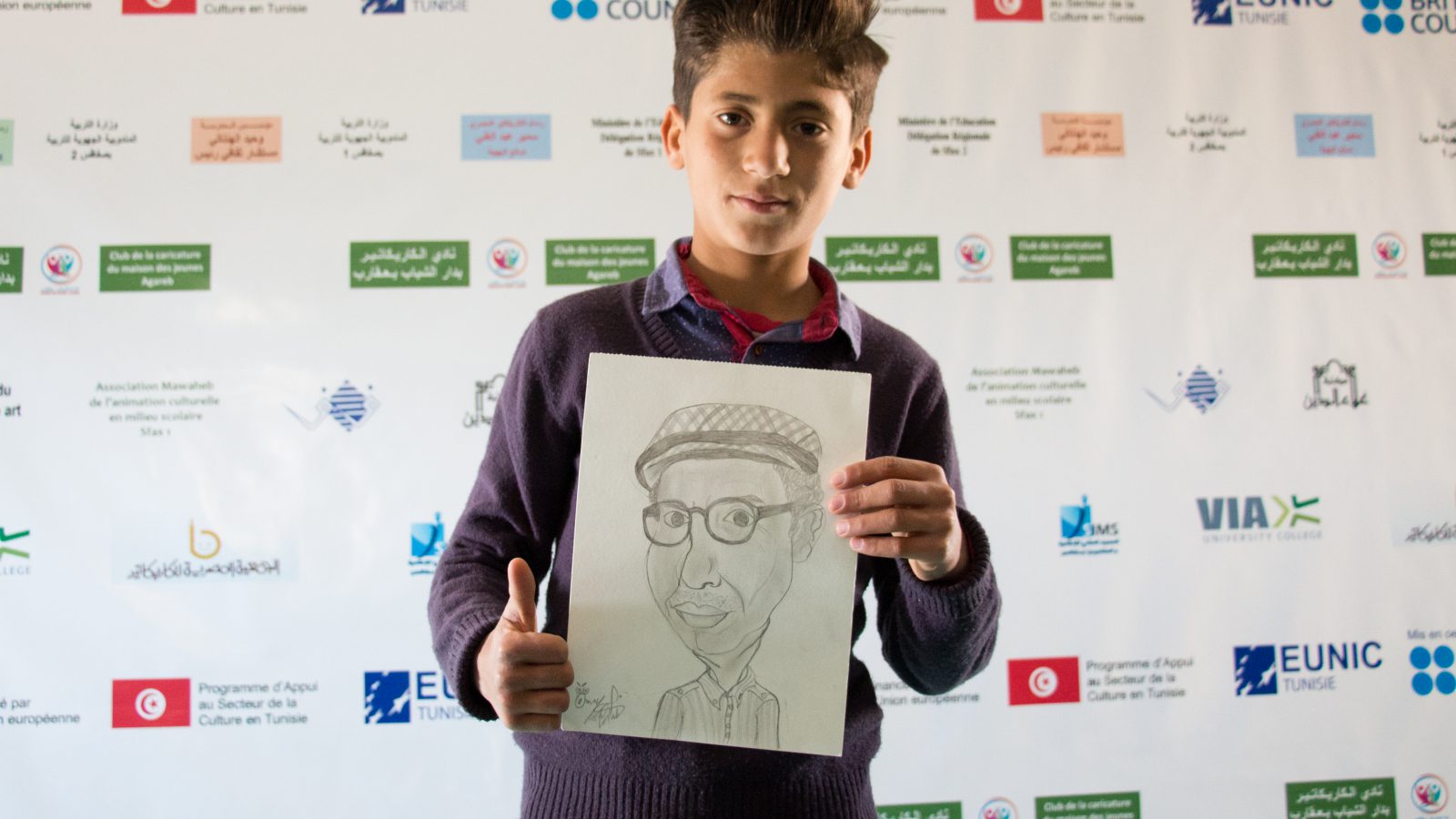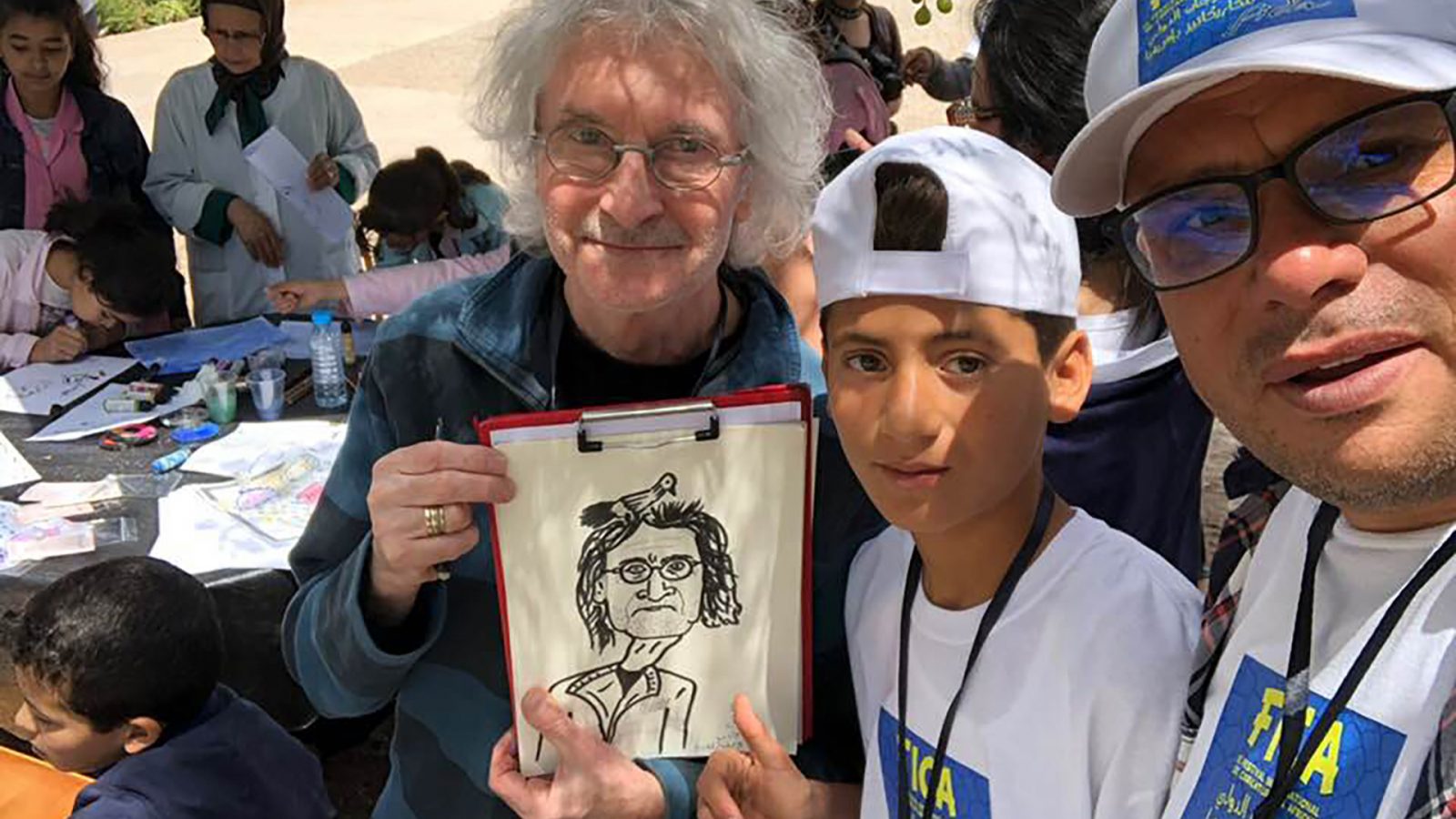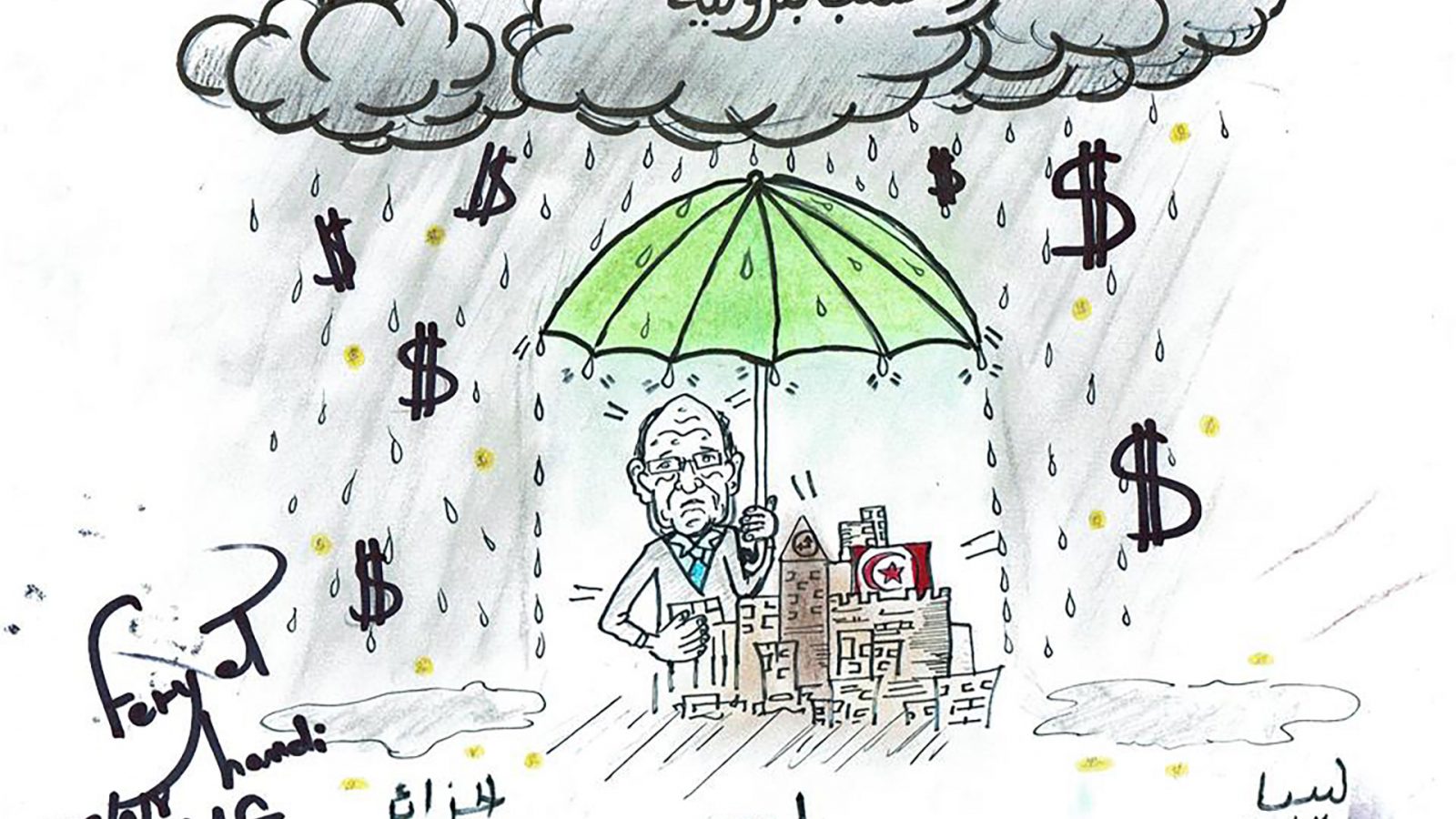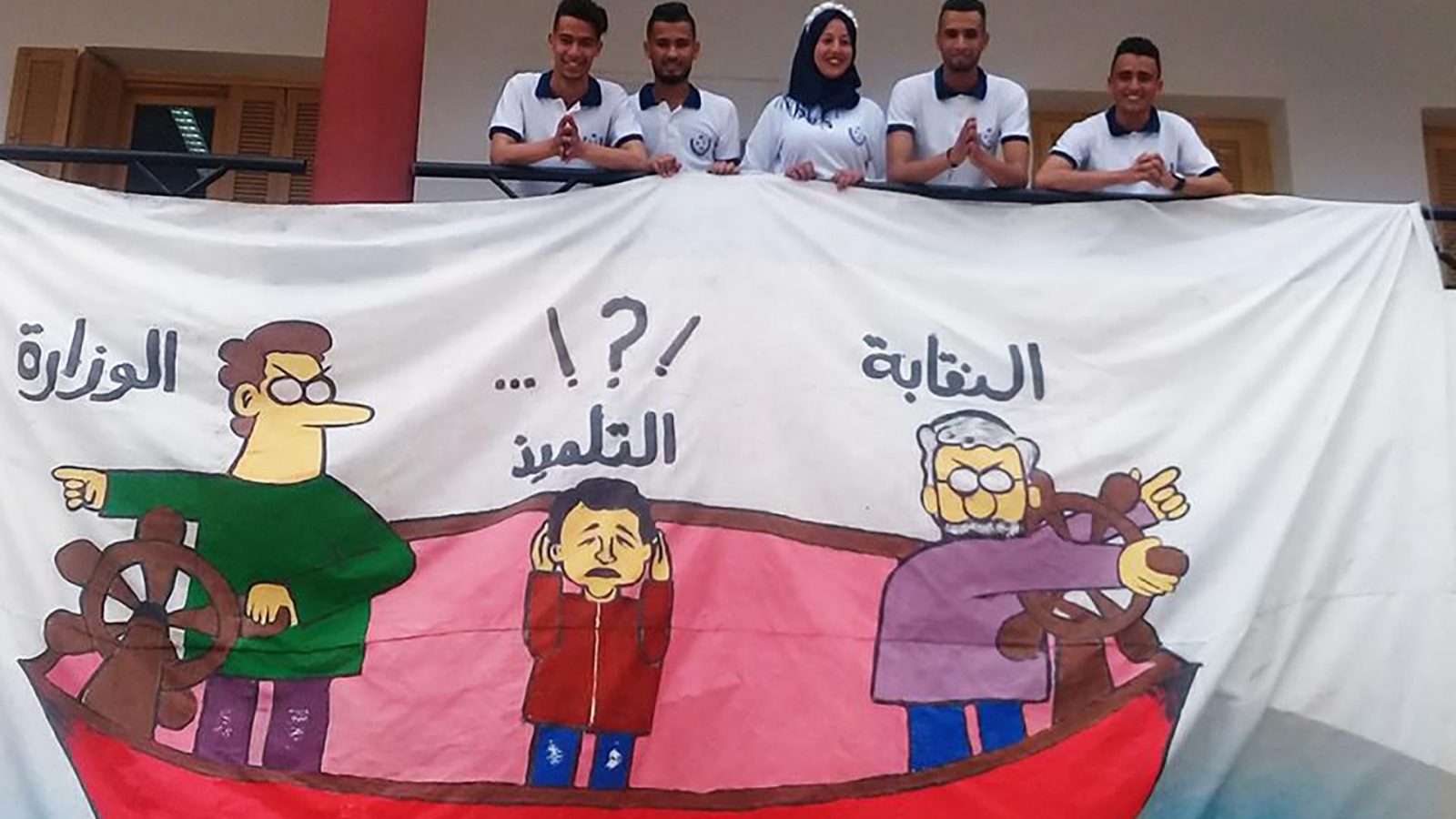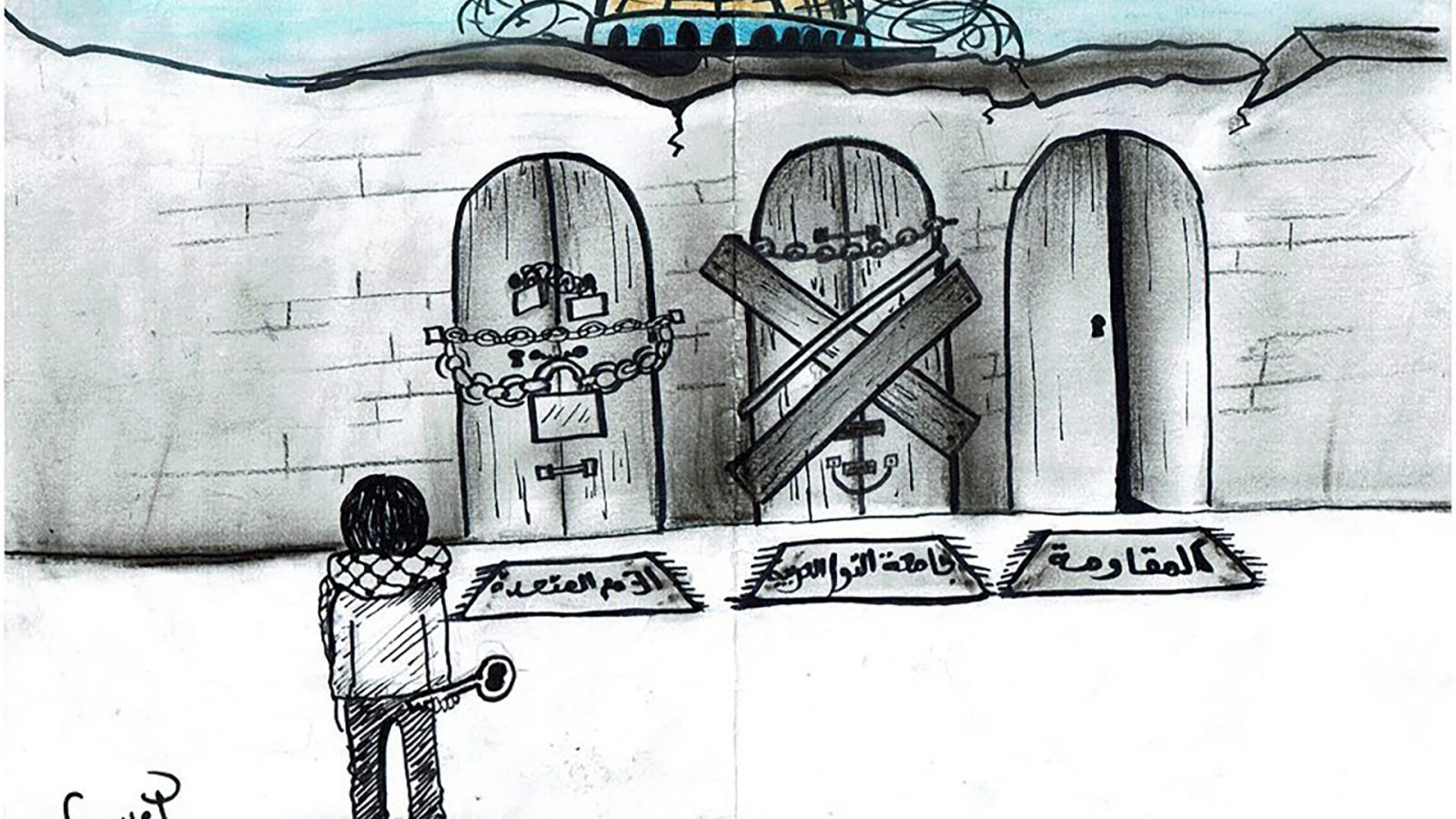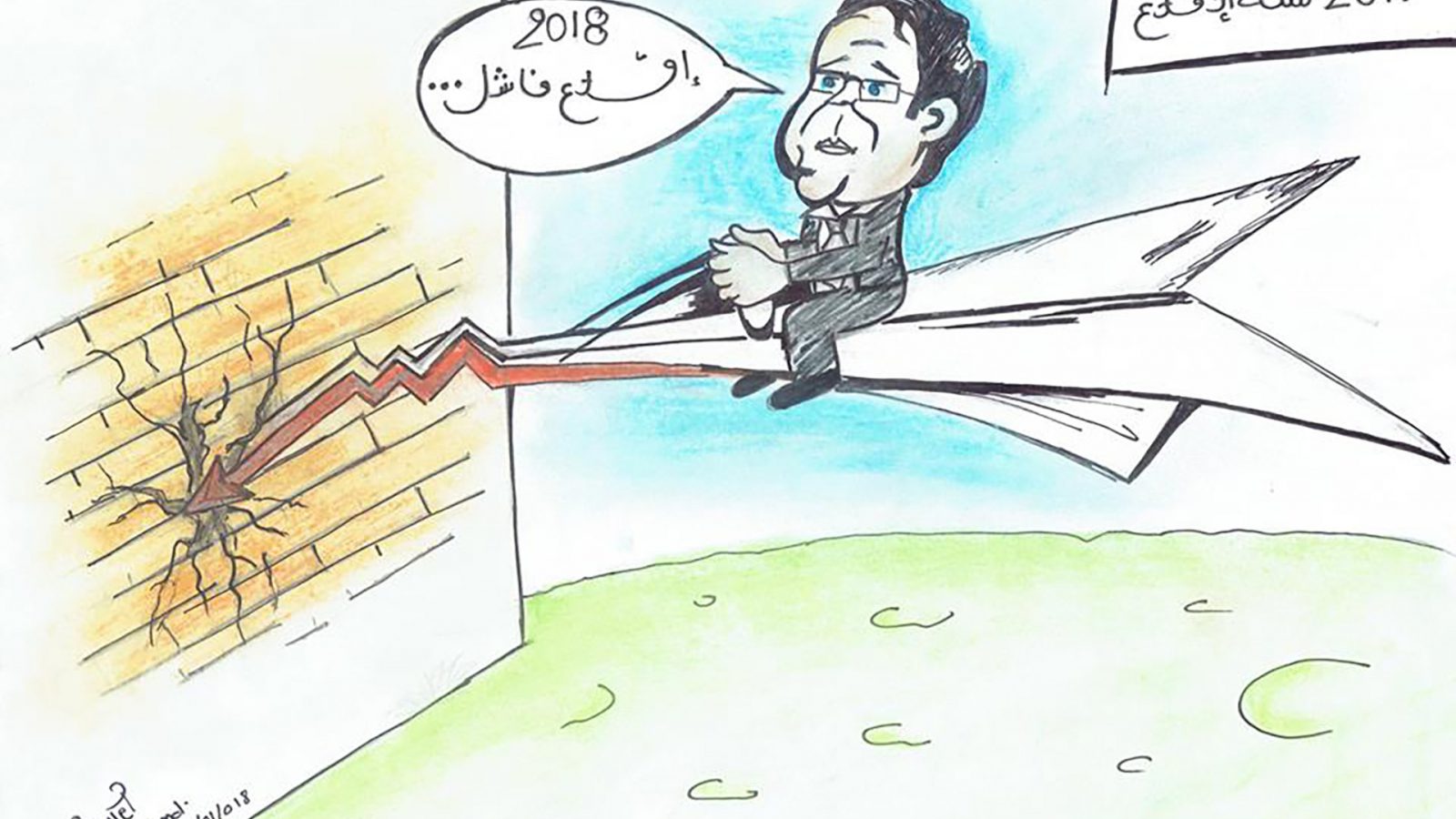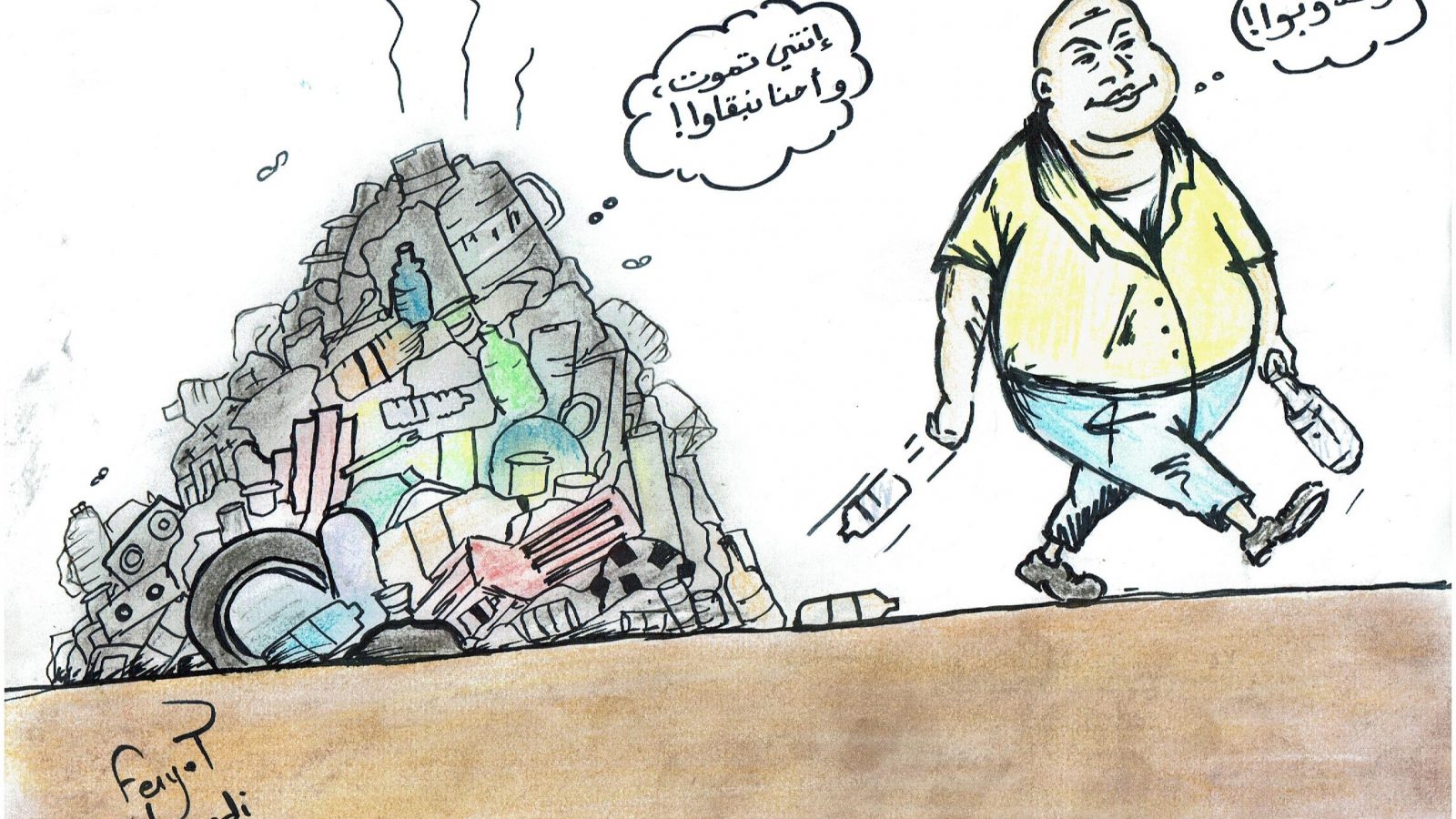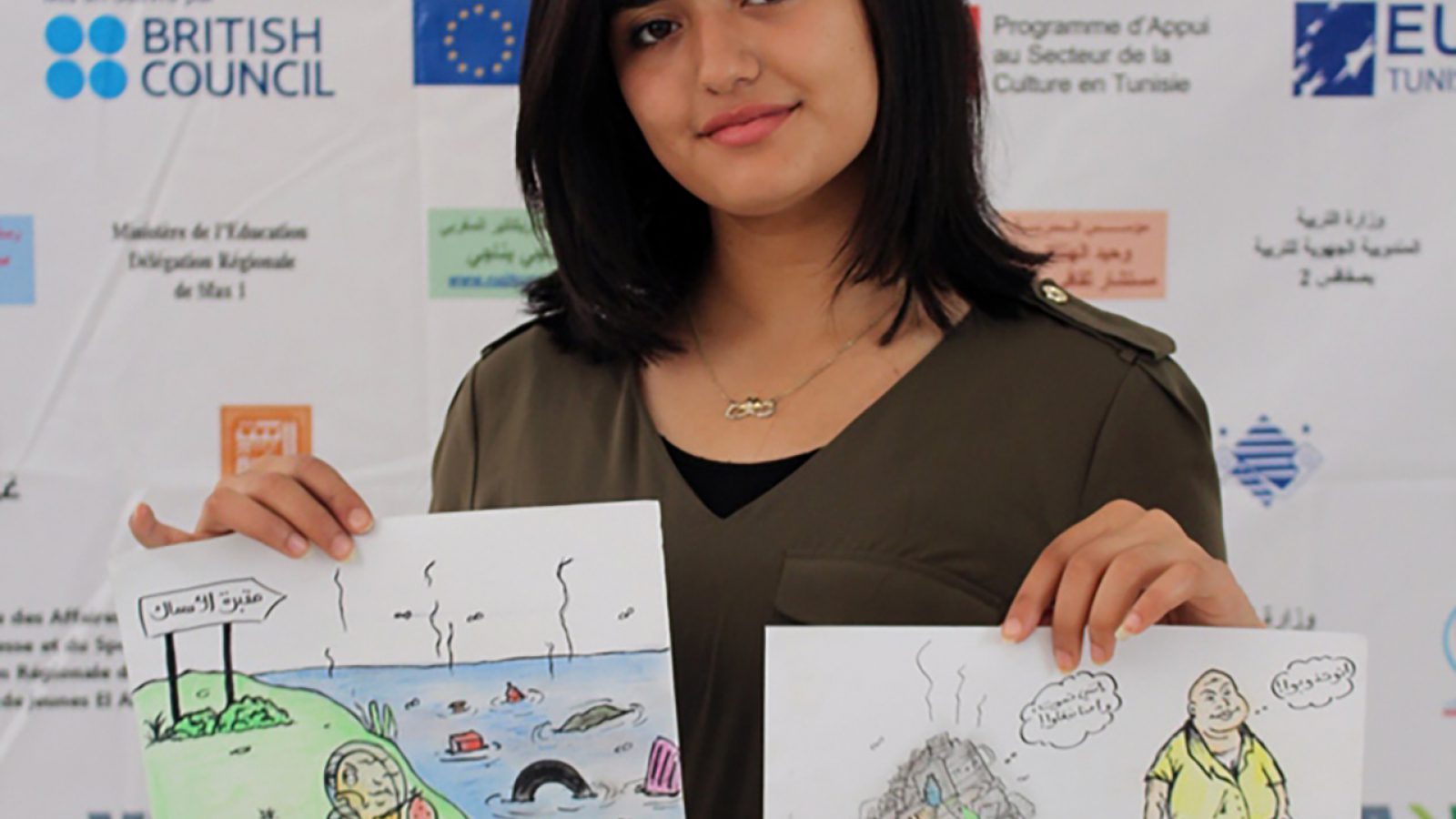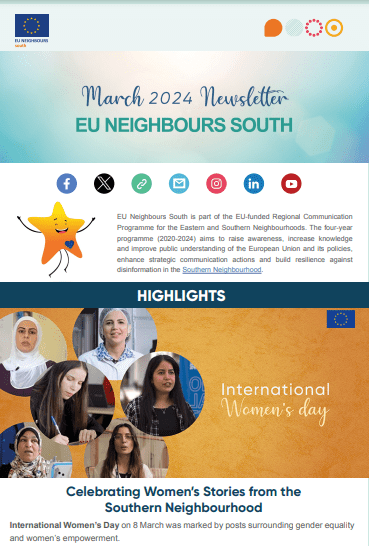These little freedom fighters
School of Caricature in Sfax
They are still children, but already creative and bubbling. Since they joined the School of Cartoon, 36 students, aged 14 to 18, have sharpened their pencils and are giving free rein to their imagination. They take a critical and satirical look at Tunisia and the world and continue to express themselves with pencils, poster paint or acrylic. Among them, three kids stand out as fighters of the democracy and freedom found in isolated regions far away from the halo of spotlights.
The Tfanen-Tunisia Creative programme is funded by the European Union (4.7 million euros) and run by the EUNIC network (European Union National Institute for Culture) in close collaboration with the Ministry of Cultural Affairs, a project aimed at strengthening the cultural sector, led by Tfanen-Tunisia Creative which is financed by the European Union (2.4 million euros from February 2017 to May 2019) as part of the Ministry of Cultural Affairs’ Programme in support of the cultural sector in Tunisia.
Love and passion
Ons Toumi, 16, born in Jbeniana, is a second-year science student at Thyna College (Sfax Governorate). She has been grappling with drawing since she was three years old. Her mother introduced her to silk painting and discovered in her thisher passion for colours. She encouraged her to use poster paint and acrylic to draw landscapes and portraits. Motivated by her parents, she joined a drawing club in order to better master the technique and use of brushes. How did she give in to the passion for cartooning? “It was through Facebook that I learned about the announcement for a training course organised by the School of Caricature,” she says. “At first, it was difficult to migrate to this artistic genre, but thanks to my teachers’ guidance, I learned to empty my feelings into a single drawing.”,” she explains. After the training she received at the School of Caricature, she began to follow the news. “Because to be a good press cartoonist, you have to love the press, keep abreast of the news, then constantly improve“, she adds. Today, she feels stronger and better equipped to cross swords with renowned cartoonists. With her hooked nose, jutting chin and sparkling eyes, she also enjoys more respect among her colleagues, feels more confident and stronger. Cartoon also gives her new ambitions, since she plans to become a journalist. Moreover, the mastery of this art has given her new wings, since she is already collaborating with Waz magazine, a Moroccan magazine for children.
A region seriously lacking in arts
Omar Naffetti, 14, a student in the ninth grade in Aguereb (Sfax Governorate), is another beneficiary of the Cartoon School project. This child, who lives in a region with little or no recreational activities, has found refuge in drawing, the art to which he devotes his free time. From a modest family (his mother is a housewife, and his father a Car Wash manager), Omar admits that it is his desire to “convey a message” that has thrown him into the fold of this art. The truth is that Omar does not waste his time even if he has nothing to do. At night, when he goes to bed, he always keeps a pencil and drawing paper handy. “When I wake up in the middle of the night with an idea in mind, I scribble everything that comes into my mind”, he says.
Thanks to the Cartoon School project, the technical training has helped him to move on to the higher levels of this art. He aims to improve his parents’ living standards through his art.
He admits that cartoon has shaped his personality to the point that his father, who knew that his son was a drawing enthusiast, no longer asks him to come and help him wash cars when he has nothing to do.
The power of details
The most striking thing about this child is that he remembers the context of each drawing made. He tells the whole story behind the work. “I have an elephant’s memory”, he replies when one is surprised at his ability to recall these details. “This is the strength of an artist”, he adds. “I only need to observe a face for ten to fifteen minutes, or to look at an object once, to remember all the elements when I start my drawing”, he explains. Moreover, when he has nothing to do, he flips through catalogues, magazines and newspapers to “memorise” the technical details.
As he likes to say, he tries to do this “non-serious” work seriously. He is inspired by current affairs, and sketches arts and artists. He also draws live at conferences and debates. For him, it is more urgent than ever to make fun of conformism, which seems to emerge spontaneously from the dominant media, under the pretext of emotion and unanimity.
Aggressive and bold
Feriel Hamdi, aged 16, a second-year science student at El Amra College (Sfax Governorate), reveals that she has given in to the love for cartoon that had already been consuming her from the inside. “My drawings were aggressive and bold”, she says. She explains further: “I’ve never drawn using someone else’s idea”.
However, she admits that she has sometimes pushed satire a little far without touching people’s private lives. “I don’t like hurting people. That’s not my intention at all,” she underlines.
With piercing eyes, furrowed brows that express a will or even a fairly clear determination, she emphasises that her role as an “image creator” is to keep a critical distance and a constant gap from the media coverage of events. “We must respect cartoon and bring back this artistic genre to its rightful place in the landscape of the visual arts, because it was a hidden art for decades, she underlines. For her, cartoon has changed her life. She feels more mature, more relaxed and better informed than her colleagues about current affairs. “I have become conscious of just causes and more able to analyse events”, she insists.
Pencils at the service of social causes
Here are three children, three foot fighters, in love with justice and freedom, who are beginning to militate and to put their pencils at the service of social and environmental struggles. Moreover, since they attended the School of Caricature, they have not given up, they are still active on many fronts. There is a story behind each drawing made by these child cartoonists. Each cartoon recalls an event. Visiting their exhibitions takes you back in time. You will see all these images flowing by. This is because they consider themselves as directors when making their drawings. “To get the message across, your drawing must be successful in every respect.”If an illustration doesn’t bring in any added value, it doesn’t make sense to me”, insists Feriel. Omar feels like “a rival to himself”, always measuring himself against himself in every drawing.
Wahid Hentati, Chief Cultural Advisor and Chairman of the project, explains that this project began in 2016 in the wake of the Sfax Arab Capital of Culture festivities, when he presented a project for a cartoon exhibition with the participation of eleven Arab artists. At the workshops organised for students during this exhibition, “we saw great potentials in the children”, says Mr Hentati, hence the idea of a School of Caricature proposed to the Tfanen-Tunisia Creative project, funded by the EU. The main objectives are to promote Tunisian cultural diversity and access to culture, at local, national and international levels, as well as to support freedom of expression and creation, especially for the younger generations, and to promote the professionalisation of cultural activities.
Since Tfanen-Tunisia Creative supports the various cultural operators, particularly in the regions, it was important to run this school in three regions, namely Aguereb, El Amra and Thyna. “Selection was difficult, but the drawing teachers helped us in this selection process. 36 students from these regions were selected, including 29 girls and seven boys”, explains Mr Hentati.
In addition to the clubs located in these three regions, the participants had the opportunity to meet some of the big names in cartooning in Tunisia and in the Arab world. “Chedly Belkhamsa (Tunisia), Anis Mahersi (Tunisia), Neji Ben Neji (Morocco), Tawfik Omrane (Tunisia), Abderrahim Yasser (Iraq) and Samir Abdelghani (Egypt) were invited. Each artist spent one week in Sfax and helped in running the three clubs. At the end of each visit, the three clubs were grouped together for a collective workshop”, says Mr Hentati. Thanks to this contact with professionals, the School of Caricature participants have established lasting relationships with them.
Remarkable results and upcoming exhibition
The results of this ten-month training are more than outstanding, with more than 150 hours of training, and “we realised that the children have made significant progress in their drawings and in their manner of approach”, explains Mr. Hentati, who takes pride in seeing some of the students participate in cartoon exhibitions abroad, as was the case of Ons, Feriel and Omar in Morocco. The ten-month project of the School of Caricature in Sfax began on 10 October 2017. An exhibition of the works performed by these children will be held from 25 to 28 October 2018. There will be 4 days of exhibitions by young students and professional artists, as well as other activities. Mr Hentati does not intend to stop there, since he plans to create an online digital platform for the school, for Tunis and other neighbouring countries. So, if you feel like a glance, don’t hesitate to attend this exhibition!
Read more


